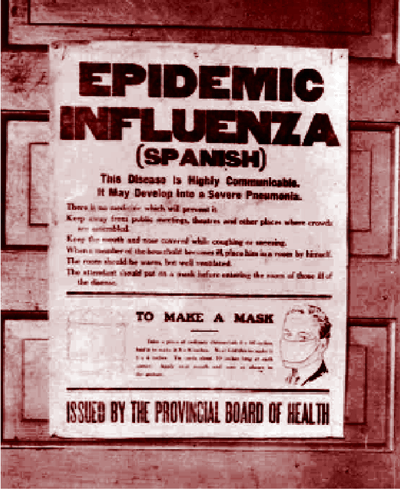magnified 10,000 times. Each individual bacterium is oblong shaped.
Source: ARS Image Gallery Image Number K11077-1
by Eric Erbe and Christopher Pooley, via Wikimedia Commons)
A new consumer research report released Wednesday has found that the health-related costs of food-borne illnesses total $152 billion a year, including the costs of medical bills, lost wages and lost productivity. That total is more than four times that of earlier estimates calculated by the U.S. Department of Agriculture.The findings come as regulatory efforts to patrol the country's food sector are growing amid reports of a string of costly -- and sometimes fatal -- outbreaks of food-borne illness involving peanuts, jalapeno peppers, spinach, beef and other foods.The report, sponsored by the Produce Safety Project at Georgetown University, provides a comprehensive examination of health costs associated with flaws in the nation's food safety system and "demonstrates the burden of food-borne illness," said Sandra Eskin, director of the Pew Charitable Trusts' Food Safety Campaign, a supporter of the study.In 1997, the USDA reportedly pegged the public cost of sickness and death from eating tainted food at $35 billion a year. But that research looked at the fallout from only a handful of food-borne pathogens and didn't include as many long-term effects from such illnesses, including how they can affect a person's quality of life.The Produce Safety Project identified 27 pathogens, said Robert Scharff, an economist who authored the newly released report. Researchers say some of the pathogens, such as norovirus or salmonella, are responsible for making a million or more Americans sick each year; others, such as botulism, sicken far fewer people.Yet in most cases, researchers still can't pinpoint why or how people get ill from what they eat. The study attributes just over 80% of the illnesses and two-thirds of the costs to unknown food-related causes, a determination made by statistical analysis of symptoms associated with food-borne sickness such as diarrhea, Scharff said.
The contamination of perhaps thousands of food products with salmonella should be a wake-up call to apologists for the industrialized food system. It's not possible to bring the system down and get everyone to eat an all-local, all-fresh diet, as some "locavores" say they want. But to continue to pretend that our food system is just fine as it is amounts to an endorsement not only of widespread illness, but also of chronic health problems and environmental degradation.But let's concentrate for now on outbreaks of illness. The foods were contaminated by a single ingredient, hydrolyzed vegetable protein (HVP), made in this case by a single manufacturer, Basic Food Flavors of Las Vegas. That a single company can be responsible for contaminating thousands of processed food products that are distributed across the country and even internationally is as strong an indictment of industrial food as I can think of.HVP is a ubiquitous flavor enhancer that exists only in processed foods. "So far, recalls have been announced for 56 separate products, according to a database posted today by the FDA, including potato chips, dips, salad dressing, sauce mixes, soup bases, and 16 flavors of prepackaged meals," according to the Web site of the Center for Infectious Disease Research & Policy (CIDRAP)."But," CIDRAP continues, "that number is expected to grow enormously over the next few weeks as details of the recall filter through the complex channels of industrial food production. The 6-page list of recalled lots of HVP posted on Basic Food Flavors' website contains hundreds of items."
First, they came for the spinach...Next they came for the peanut butter...Then they came for the tomatoes. Then the Taco Bell lettuce. Then the mushrooms, then ham steaks, then summer sausage...They, they came for the pet food.











